Walker Family of Prospect Hill
John Walker (1753-1827), was a Manchester cotton merchant who, at some time before 1815, headed west to the cleaner air of Pendleton. It is possible that he was the builder of Prospect Hill. He is the earliest known occupant of the site, which is marked on the 1815 Pendleton Township map.
John Walker had married Sarah Kay on New Years Eve in 1786 at the Collegiate Parish Church of Christ (as Manchester Cathedral was known before 1847). His first son Samuel was baptised in the same church two weeks later. Little is known of John Walker’s working life, but he was able to buy land and probably build a house for his family within 20 years of his marriage. Daughter Mary Ann was born in 1787 and second son John in 1792.
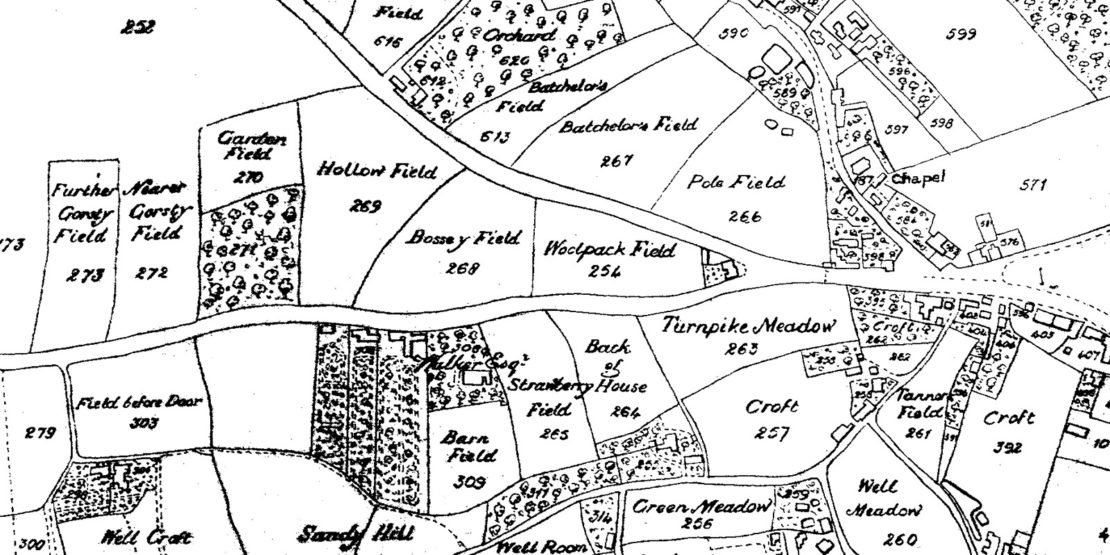
Pigot & Dean’s Trade Directory of 1821 records John Walker senior of Prospect Hill, Pendleton. The same directory also lists Samuel Walker, cotton merchant, with business premises at 1, Barton’s Buildings, Manchester and at Sandywell in Salford. Sandywell was part of the old Salford, near its River Irwell boundary with Manchester.
John Walker died in 1827 and his will gives an indication of his success as a businessman. His estate not only included Prospect Hill, ‘with office, lands and gardens and appurtenances‘, but also, ‘all my other messuages lands and hereditaments in Pendleton’. These properties were left to his wife during her lifetime (and after her death to son Samuel), together with an annuity of £1000 and ‘all household goods, furniture, beds and bedding, plate, linen, china, glass, books, pictures, prints, drawings, stock of wine and other liquors, wearing apparel and all other articles (except monies and securities for money which shall at the time of my decease be …..at Prospect Hill …and all and every my horses, Carts carriages hay shears farming stock and implements of husbandry and gardening tools.’
John’s younger son John was left a ‘dwelling house, coach house and buildings in or near Deansgate and Bark Square Manchester with their appurtenances and….all household goods and furniture etc in the house in Deansgate.’ He also received £20,000. Daughter Mary Ann was left £4000 and her brothers were instructed to invest a further £6000 to provide her with an income.
The will was written in 1820 and a codicil of 1824 provided for an annuity of £20 for John’s servant, Betty Moorcroft. A further codicil of 1827 made further provision for annuities for brother Benjamin, sister-in-law and neice. All the residue of the estate was left to eldest son Samuel.
John’s wife Sarah Kay had died in 1821, after the will was drawn up. This meant that Samuel immediately inherited all the property that had been left to his mother during her life. Samuel Walker became the new owner of Prospect Hill in early 1828. He had taken up residence by 1829 – we find him listed there in Pigot’s Directory, which also shows that his business is based in Chapel Street, Salford.
Samuel Walker (1787-1856) was 42 years of age before he married after both his parents had died. His wife, Jane Elizabeth Brown, was the daughter of a Leeds merchant. She may have been a distant cousin, as her mother’s birth name was Frances Walker. Over the next ten years she would give birth to four children at Prospect Hill – John, Fountaine, Frances Ann and Louisa Jane.
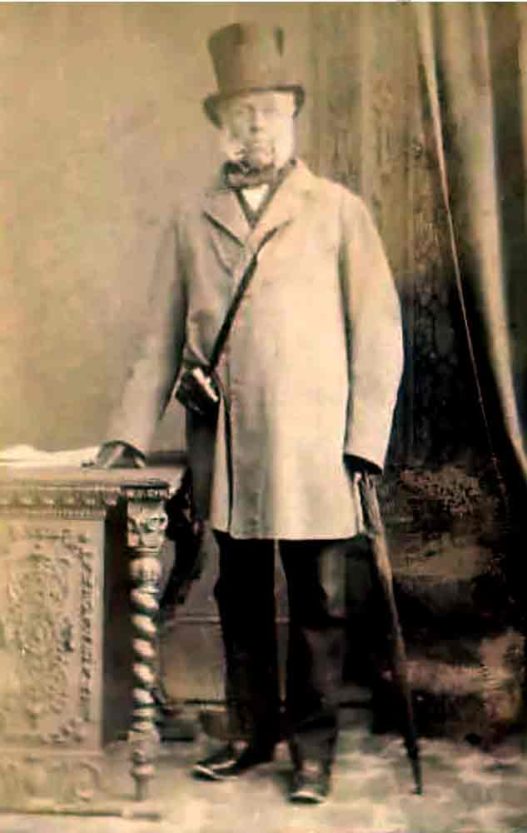
As a banker Samuel Walker must have been highly regarded. On more than one occasion he was called upon to help investigate and address problems with local banks. In 1837 the Manchester and Liverpool District Bank was experiencing difficulties and the Board delegated its duties to three full-time Managing Directors – Samuel Walker, Thomas Trueman of Hart Hill and James Heald of Parrs Wood. Again in 1844 Sam was appointed to a committee of four to investigate the position of the Bank of Manchester. Manchester Courier 12 October 1844.
Local press coverage throughout the 1830s and 1840s testifies to his active involvement in the financial, political, social and cultural development of the two cities. He was often called upon to chair important meetings and committees. He was a trustee of the Salford and Pendleton Dispensary. In 1836 he was appointed Treasurer of the committee which built the New Exchange Buildings, raising £150,000. He worked alongside Robert Gardner of Chaseley and Rev. Hugh Stowell on the Association for the Building and Endowing of Ten Churches in Manchester and Salford. Manchester Courier 3 Jul 1830; 30 Jul 1836; 10 April 1841
In 1847 when the Manchester Lunatic Asylum in Piccadilly needed to be replaced, Samuel Walker served on the building committee with Architect Richard Lane. The Grade II listed building then known as the Manchester Royal Hospital for the Insane is the oldest mental health hospital in the north west. It is now the Priory Hospital, Cheadle Royal.
When opera singer Jenny Lind, known as the ‘Swedish Nightingale’ was touring in the autumn of 1848, she agreed to perform two free concerts to raise money for the Manchester Royal Infirmary Building Fund. Samuel and his brother John joined a distinguished general committee tasked with making the arrangements. Several notable Eccles Old Road residents included John Potter (Buile Hill), Robert Gardner (Chaseley), Oliver Heywood (Claremont), Henry Leigh Trafford (Belmont) and Stephen Heelis (Halton Bank).
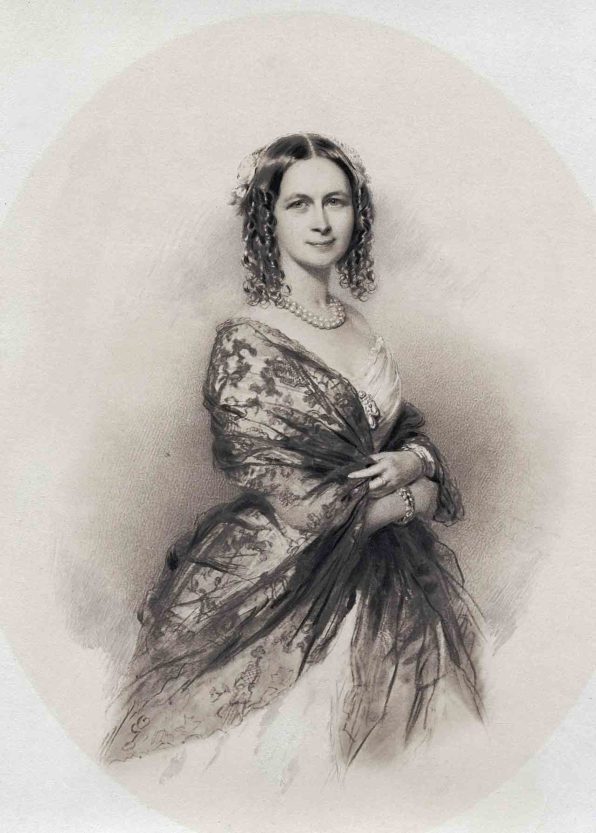
The concerts were held at the Concert Hall on 19th December and at The Free Trade Hall on 21st December. It was estimated that the two venues together accommodated 4000 people. The committee was keen to keep prices low and when Jenny Lind was asked her opinion on pricing, she was reported to have replied, ‘Make the prices what you like; I will sing for a shilling each if you like, but mind if you make the prices so low you will not realise money for your infirmary.’ Reserved tickets were allocated by ballot and cost 15 shillings and 10 shillings. Unreserved tickets cost five shillings. Manchester Courier and Lancashire General Advertiser 15 November 1848
The Walker family were keen naturalists. Samuel served as Treasurer of the Manchester Natural History Society (MNHS) until his death, when the role was taken on by his brother John Walker of Weaste Hall. Samuel’s two teenage sons are mentioned in the Manchester Courier on more than one occasion in reports of the society’s proceedings. In 1848 John deposited 32 fossils, some Cheltenham Oolite and Anodon from Germany; Fountaine presented a South Sea War Club and a swallow. Later that year John submitted a part fossil jaw of a quadruped and a fossil of terebratula fimbriata. The MNHS first had a museum on Peter Street. In the 1880s the collections were taken on by Owens College and are now incorporated into Manchester Museum. Investigations with the museum to track down the Walker brothers’ contributions are ongoing.

Samuel Walker died in 1856 and was interred in the crypt of St Thomas’s Church, Pendleton. His estate included Prospect Hill and several dwelling houses, warehouses and other buildings in Deansgate, Bark Square, Dale Street, Newton Street and Little Lever Street in Manchester. All these properties he left to his eldest son, John, a barrister.
Samuel’s wife, Jane received £5000 plus an annuity of £1000 in lieu of dower. Jane also got, ‘all household goods furniture plate linen china glass pictures printed books trinkets fuel wines liquors horses and carriages with harness and accoutrements straw and provender‘. Each of his two daughters were provided for by trust funds of £20,000, whilst his youngest son Fountaine was left £35,000. Brother John Walker of Weaste Hall received £1,000.
The will was dated 16th February 1856, but a codicil added just four days later bequeathed £100 to his house servant George Waller, £100 to coachman Thomas Foxley, £19. 19s. to gardener Thomas Walley and £10 to Ellen Jones Humphrey, his wife’s Lady’s Maid, on condition that they were all still in his employ at the time of his death. His final bequests were £200 to the treasurer of the Manchester Royal Infirmary and £100 to the treasurer of the Salford and Pendleton Royal Hospital and Dispensary.
Barrister John Walker (1831-1889) appears to have had little interest in remaining in the house or city where he had been born and raised. Within a month of Samuel’s will being proven, John placed an advertisement in the Manchester Courier:
“WANTED to PURCHASE a MANSION or good family HOUSE with pleasure grounds, gardens, paddock, coach-house, stables, &c. near a railway station and within moderate distance from a town in an English county, south of Manchester, and not north-east of London. Oxfordshire, Herefordshire, Gloucestershire or Salop. preferred. A few hundred acres of farming land along with the house might not be an obstacle. – Apply to John Walker, Esq., Prospect House, Pendleton, Manchester; or Messrs Beever and Darwell, solicitors, Manchester.” Manchester Courier and Lancashire General Advertiser, 20 September 1856.
The search for a new home may not have been immediately successful as it was not until the spring of 1858 that Prospect Hill was finally put up for rental:
“TO BE LET, A Substantial Family HOUSE containing three entertaining, and one smaller, rooms, with the requisite offices on the ground floor; eight bedrooms and two dressing rooms, on the one pair, with additional bedroom with staircase from the outside; ample stabling, lodge, coachman’s cottage, and large pleasure grounds. For particulars apply to John Walker Esq., Prospect Hill, Pendleton…” Manchester Courier and Lancashire General Advertiser, 20 March 1858
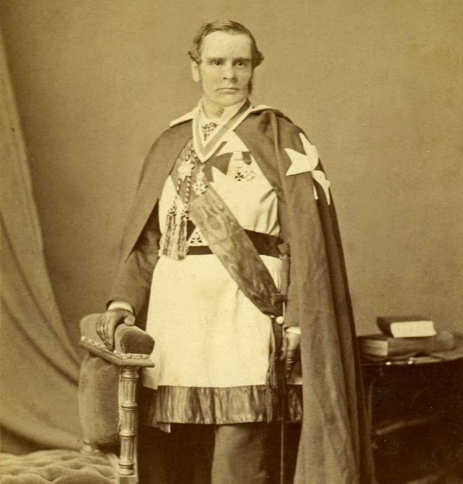
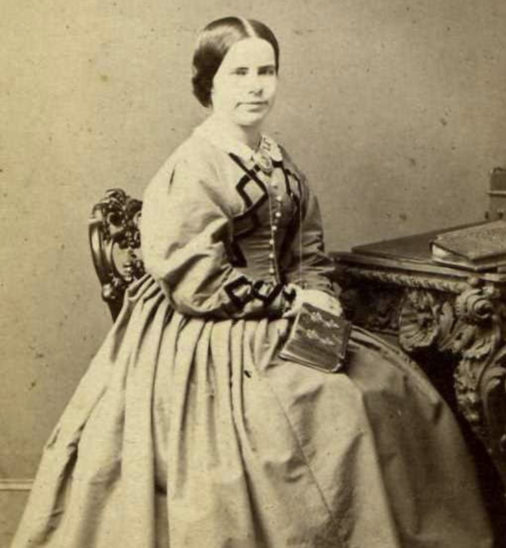
Frances Ann Walker remained unmarried, dying in 1892.
Their brother Fountaine had married shortly before Samuel’s death in 1856. His wife was born in Scotland and they settled in Ness Castle in Inverness, where Fountaine died in 1892. He had two children.
By 1861 the whole Walker family had relocated away from Lancashire. John Walker settled in Cheltenham, where he would remain unmarried until his death in 1889. John was initiated as a member of the Foundation Lodge of Freemasons in Cheltenham in 1869.
In 1861 Samuel’s widow Jane and her two daughters were living together in Warwickshire. Jane died in 1870. Louisa Jane married in 1867 and had five children. It is Louisa Jane’s descendants who kindly provided copies of family photographs.